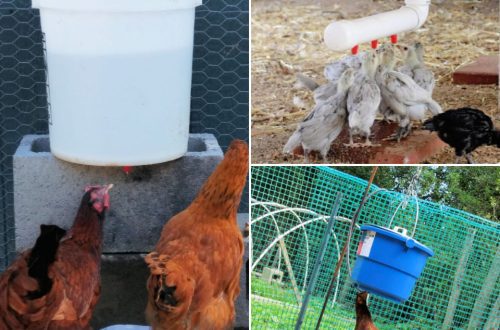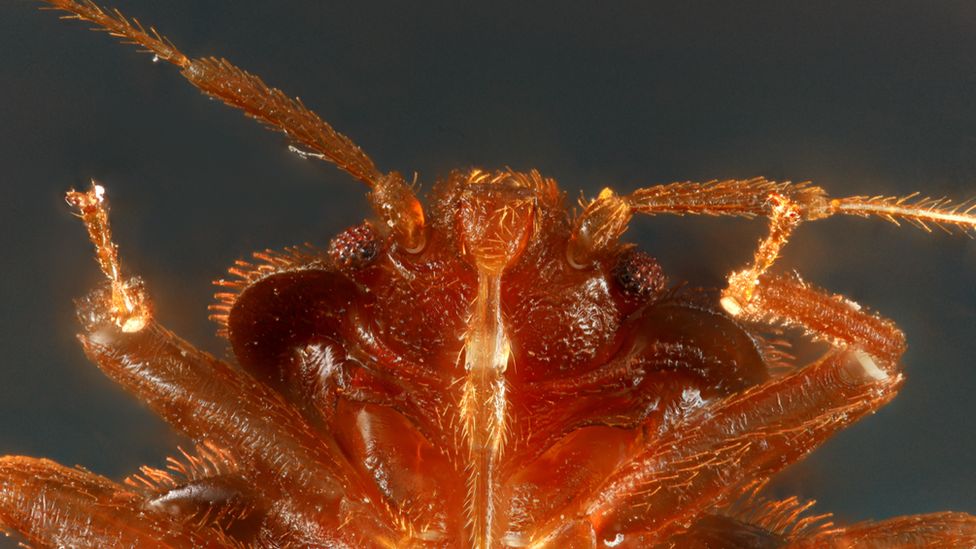
10 Interesting Facts About Insects That Survived Dinosaurs
Insects are an ancient and numerous class of animals. It arose about 400 million years ago, representatives survived cataclysms and modifications. There are estimated to be between 2 and 4 million species of insects on Earth. This difference is explained by the fact that representatives of many species came across scientists only once, and some have not yet been discovered.
Whether we like insects or not, it is impossible to deny their importance to the life of the planet. Therefore, we suggest you find out 10 interesting facts about insects.
Contents
- 10 Insects don’t have a skeleton
- 9. outlived the dinosaurs
- 8. In Thailand they are used in cooking.
- 7. The strongest insect is the ant
- 6. Mosquitoes have higher egg viability
- 5. Mosquitoes feed on plant sap and nectar.
- 4. The largest spider on Earth is the goliath tarantula
- 3. The fastest insect on earth is the dragonfly
- 2. More people die from bee stings than from snakes.
- 1. A cockroach with its head torn off can live for several weeks
10 Insects don’t have a skeleton
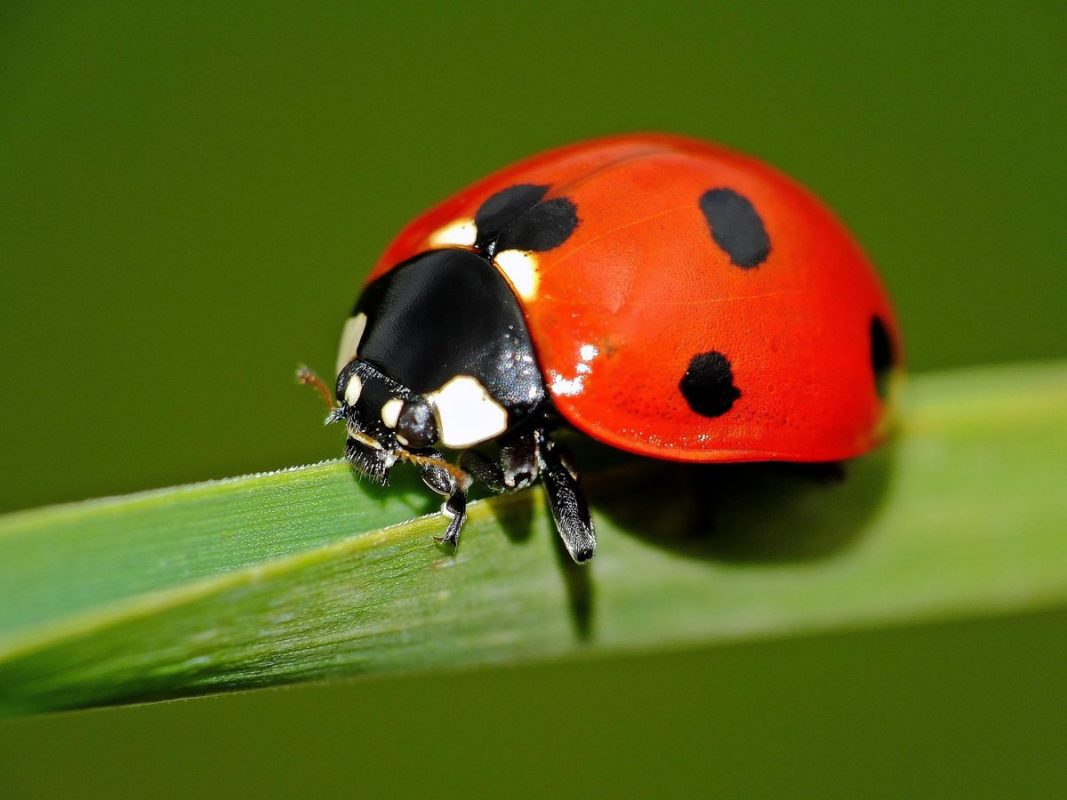 Insects are invertebrates. Their anatomy is fundamentally at odds with the structure of vertebrates, including ours. The body of vertebrates rests on the internal skeleton. It is made up of cartilage and bones to which muscles attach.
Insects are invertebrates. Their anatomy is fundamentally at odds with the structure of vertebrates, including ours. The body of vertebrates rests on the internal skeleton. It is made up of cartilage and bones to which muscles attach.
In insects, the external skeleton. Muscles are connected to it from the inside. The insect is covered with a thick, strong cuticle. The outer skeleton is impervious to water and air, and is not sensitive to frost, heat, or touch.
The animal determines the temperature, smells, and so on with the help of special antennae and hairs. However, this “armor” has a minus. Namely, the shell does not grow with the body. So insects “molt” from time to time – shed the shell and grow a new one.
9. outlived the dinosaurs
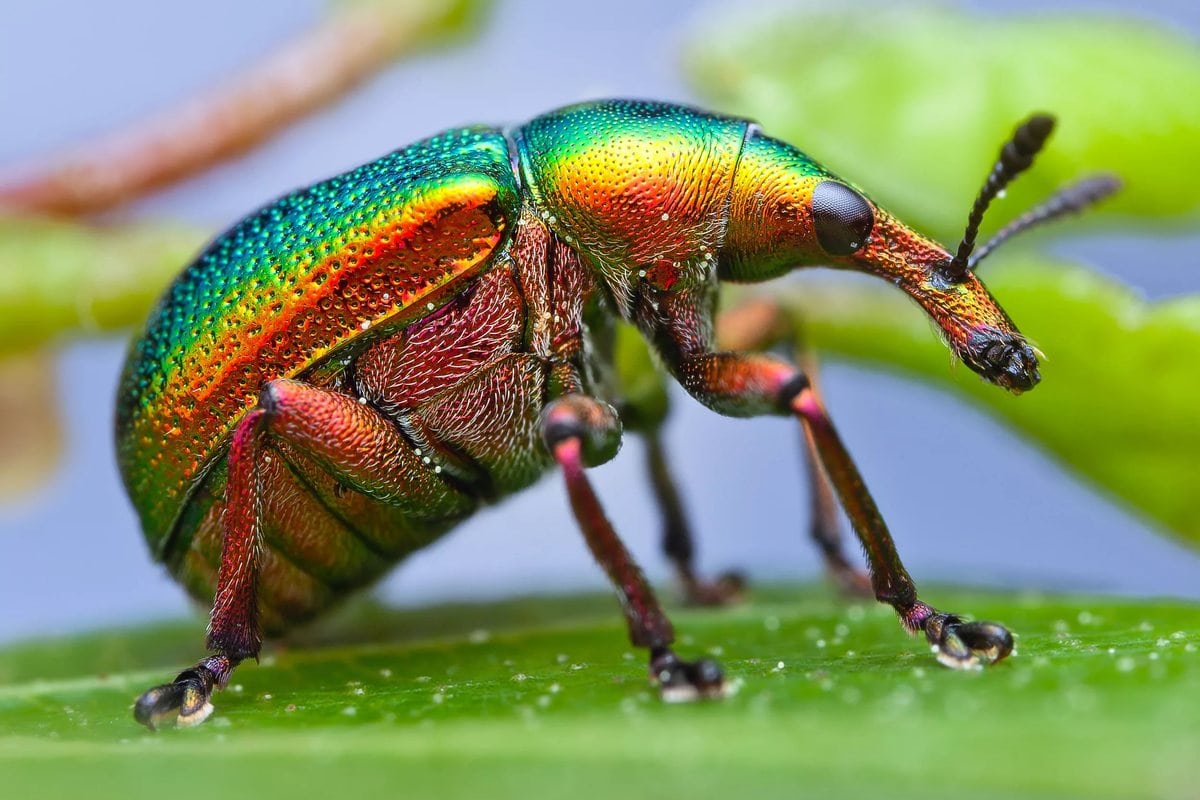 Insects are considered one of the oldest animals on earth. Presumably, this class appeared in the Silurian period, that is, 435 – 410 million years ago. But dinosaurs arose only 200 million years ago, in the Triassic.
Insects are considered one of the oldest animals on earth. Presumably, this class appeared in the Silurian period, that is, 435 – 410 million years ago. But dinosaurs arose only 200 million years ago, in the Triassic.
There are no dinosaurs left, but there are still a lot of insects on Earth. In this way, insects survived the dinosaurs.
8. In Thailand they are used in cooking.
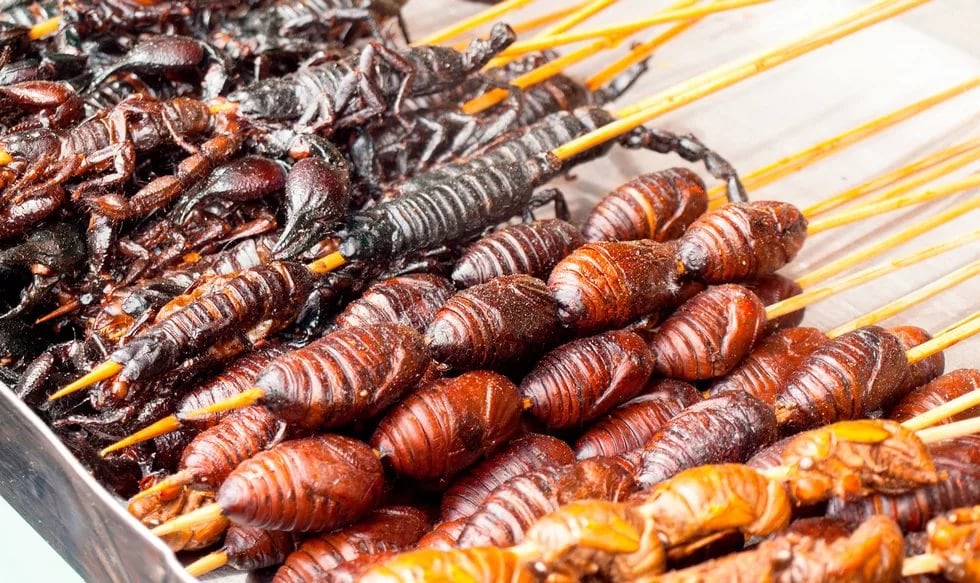 In the north of Thailand they like to eat insects. The reason for this phenomenon is that the locals did not have fertile land. People ate what they could catch – animals, fish and insects, which are abundant in the tropics. In the south of Thailand, conditions are better, so arthropods are not in use there.
In the north of Thailand they like to eat insects. The reason for this phenomenon is that the locals did not have fertile land. People ate what they could catch – animals, fish and insects, which are abundant in the tropics. In the south of Thailand, conditions are better, so arthropods are not in use there.
And by the way, insects don’t taste as bad as they seem. If you are not told what was put on the plate, then you will not distinguish the beetle from other food. In addition, there is no health risk. Thais grow insects in specially created conditions, and do not catch them in the fields. Therefore, the reason for our aversion to insects is a habit.
Healthy food – grasshoppers, because they have a lot of protein. They are cooked like french fries – fried in oil. Insects are served with rice or vegetables.
Another dish is silkworm larvae. The size is larger than that of grasshoppers, so they are fried like a kebab. This is a very high calorie food.
The energy value of ants and caterpillars is many times higher than that of meat and fat. Ant eggs are used to prepare scrambled eggs, salads and soups. Ants have a bitter taste due to formic acid. Sauces are also prepared from insects. So if you have not tried the larvae, it is not a fact that you have not eaten insects.
By the way, UN experts have long advised adding insects to the list of dishes – this is useful and beneficial compared to keeping livestock. The human population is increasing, and the number of arable land and plants – on the contrary.
7. The strongest insect is the ant
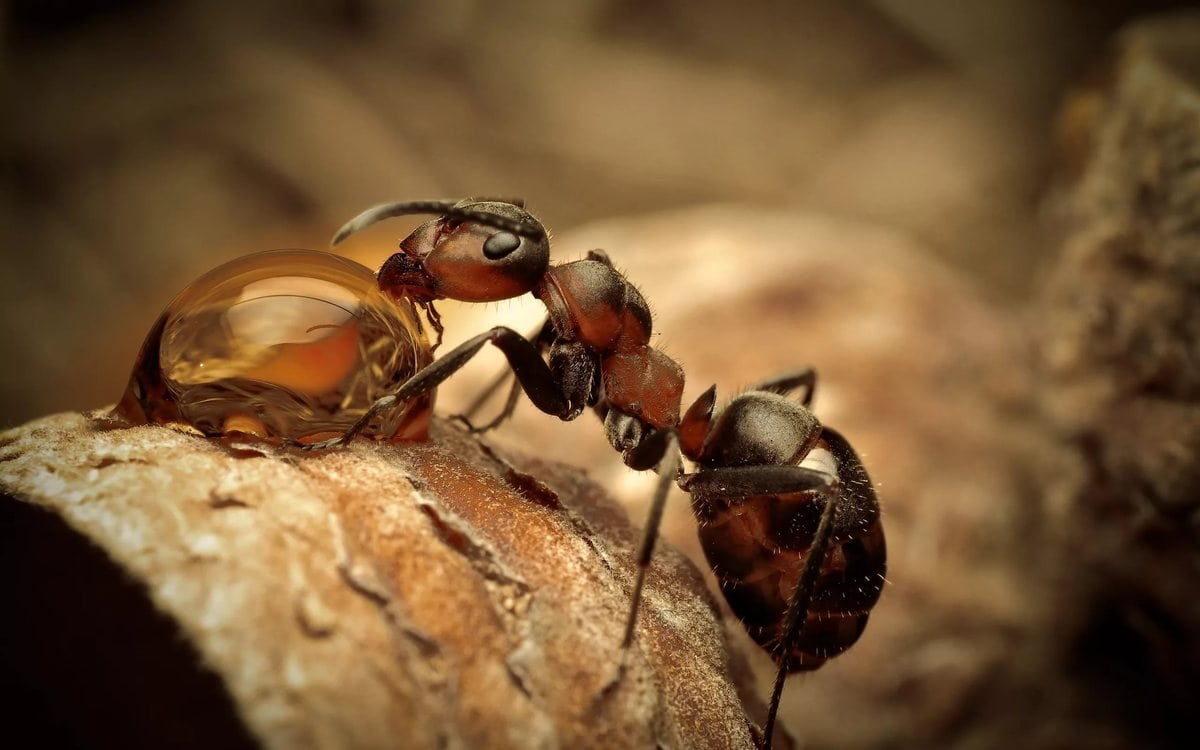 Ant society is similar to ours. The largest segment of their population are workers. Worker ants are amazingly strong. So, they are able to carry a load 5000 times heavier than themselves and reach speeds of up to 7 and a half centimeters per second. Besides, these hard workers don’t sleep.
Ant society is similar to ours. The largest segment of their population are workers. Worker ants are amazingly strong. So, they are able to carry a load 5000 times heavier than themselves and reach speeds of up to 7 and a half centimeters per second. Besides, these hard workers don’t sleep.
6. Mosquitoes have higher egg viability
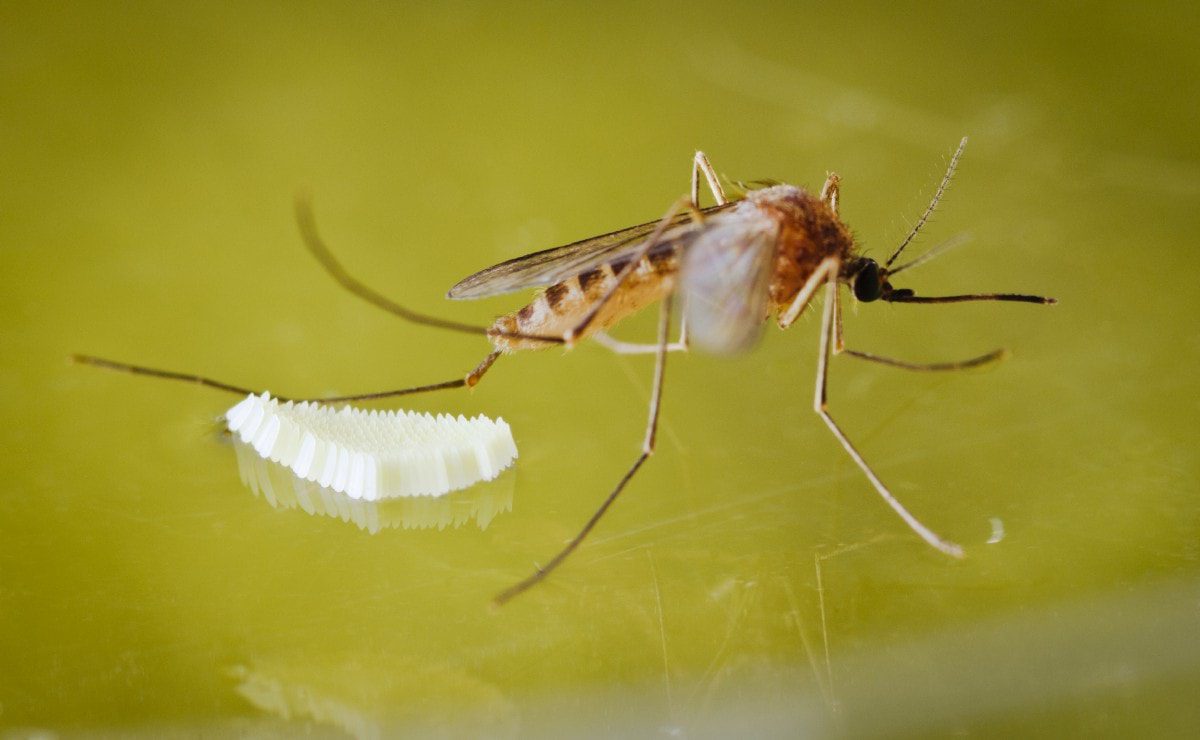 Under the right conditions, a mosquito develops from an egg in less than a week. The development of an individual from the embryo takes only 4 days. However, if favorable conditions do not occur, mosquito eggs can lie in the soil for several years.
Under the right conditions, a mosquito develops from an egg in less than a week. The development of an individual from the embryo takes only 4 days. However, if favorable conditions do not occur, mosquito eggs can lie in the soil for several years.
5. Mosquitoes feed on plant sap and nectar.
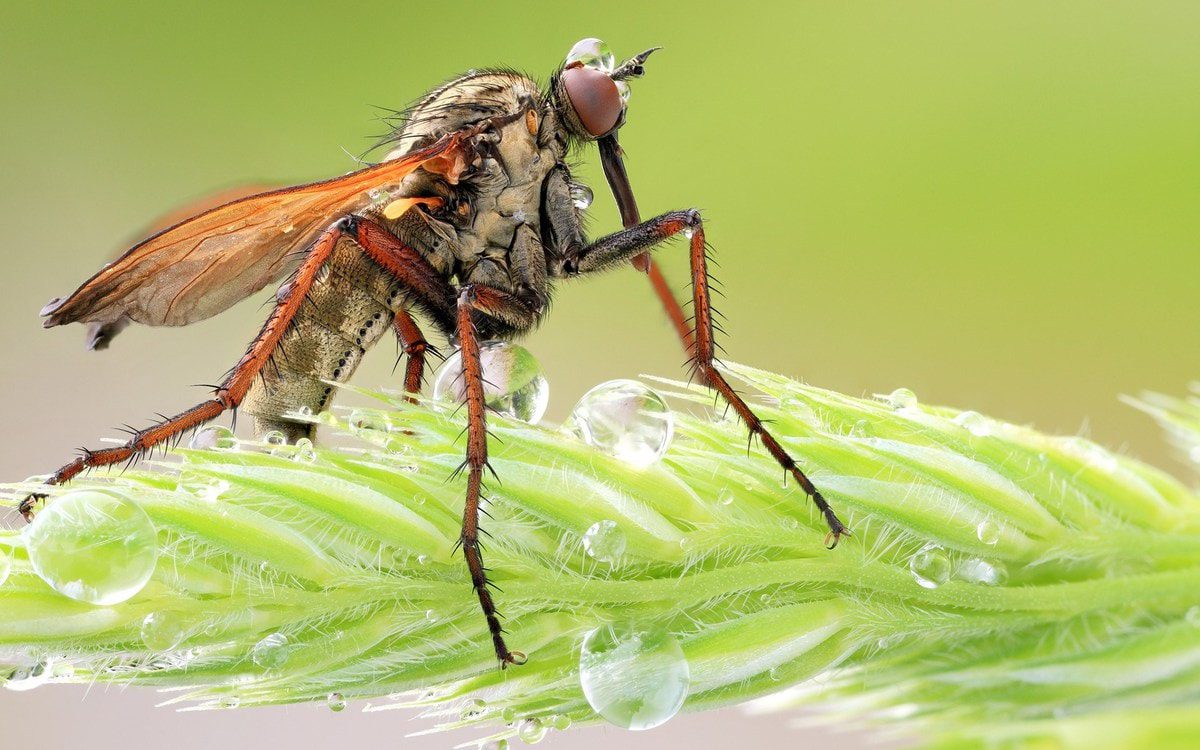 Mosquitoes feed on blood – this is familiar to everyone firsthand. But not all mosquitoes are like that. The fact is that the females of these insects feed on blood. Blood plasma is needed by the female half for bearing offspring. Males are peaceful and feed only on water and nectar of flowers, like butterflies..
Mosquitoes feed on blood – this is familiar to everyone firsthand. But not all mosquitoes are like that. The fact is that the females of these insects feed on blood. Blood plasma is needed by the female half for bearing offspring. Males are peaceful and feed only on water and nectar of flowers, like butterflies..
Moreover, peaceful and harmless males live much less than females. So, the life expectancy of the male part of the mosquito population is no more than two weeks, while the females live for a month or more.
4. The largest spider on Earth is the goliath tarantula
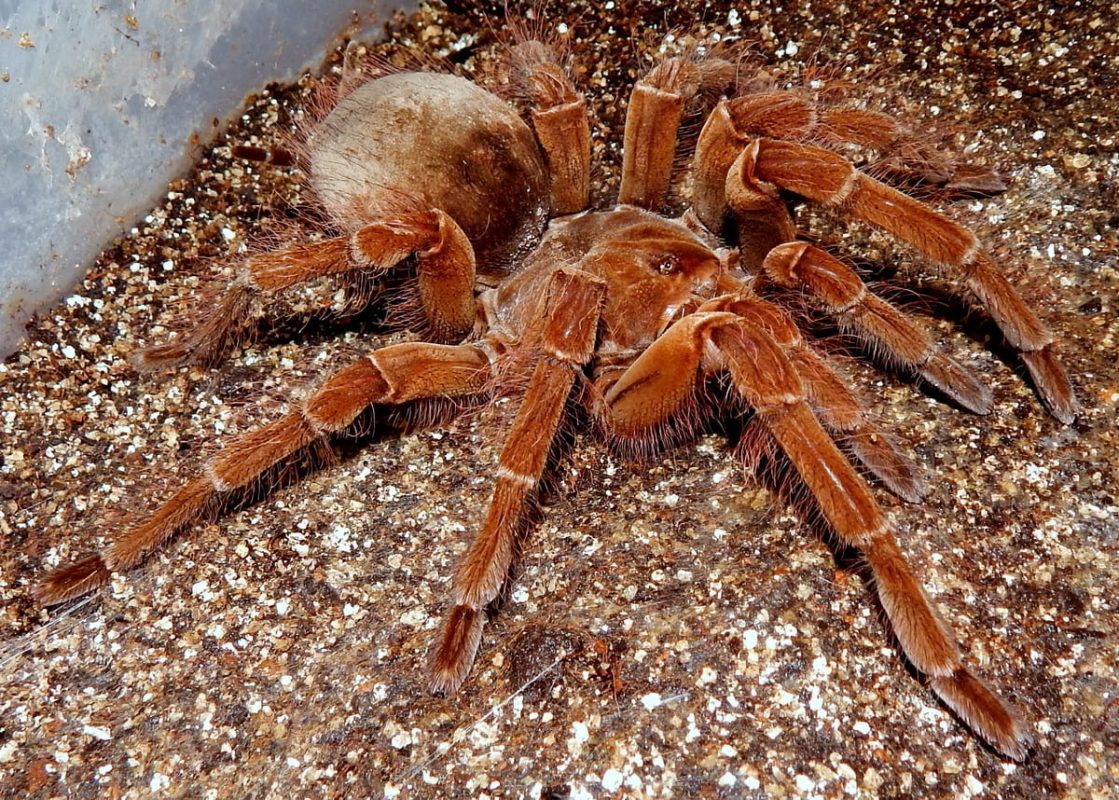 Strictly speaking, spiders are arachnids, not insects, although non-specialists often confuse these concepts. Nevertheless, I want to talk about an amazing animal – Goliath tarantula Theraphosa blondi. This Australian spider is the largest on Earth, its dimensions reach 25 cm..
Strictly speaking, spiders are arachnids, not insects, although non-specialists often confuse these concepts. Nevertheless, I want to talk about an amazing animal – Goliath tarantula Theraphosa blondi. This Australian spider is the largest on Earth, its dimensions reach 25 cm..
As the name suggests, the goliath can eat birds. However, birds are not the main diet of the arthropod. He does not hunt birds, he can only “pick up” a random chick.
Although the Australian goliath tarantula is large, it is far from being the most dangerous. The venom of Theraphosa is paralyzing, but it is only enough for a small animal. For humans, a goliath sting is no worse than a bee sting. It seems that the arthropod knows this, so it does not spend poison on large enemies like you and me.
The tarantula has many enemies. So the arthropod has developed an original self-defense – the spider turns its back to the attacker and combs tear hairs from its back.
3. The fastest insect on earth is the dragonfly
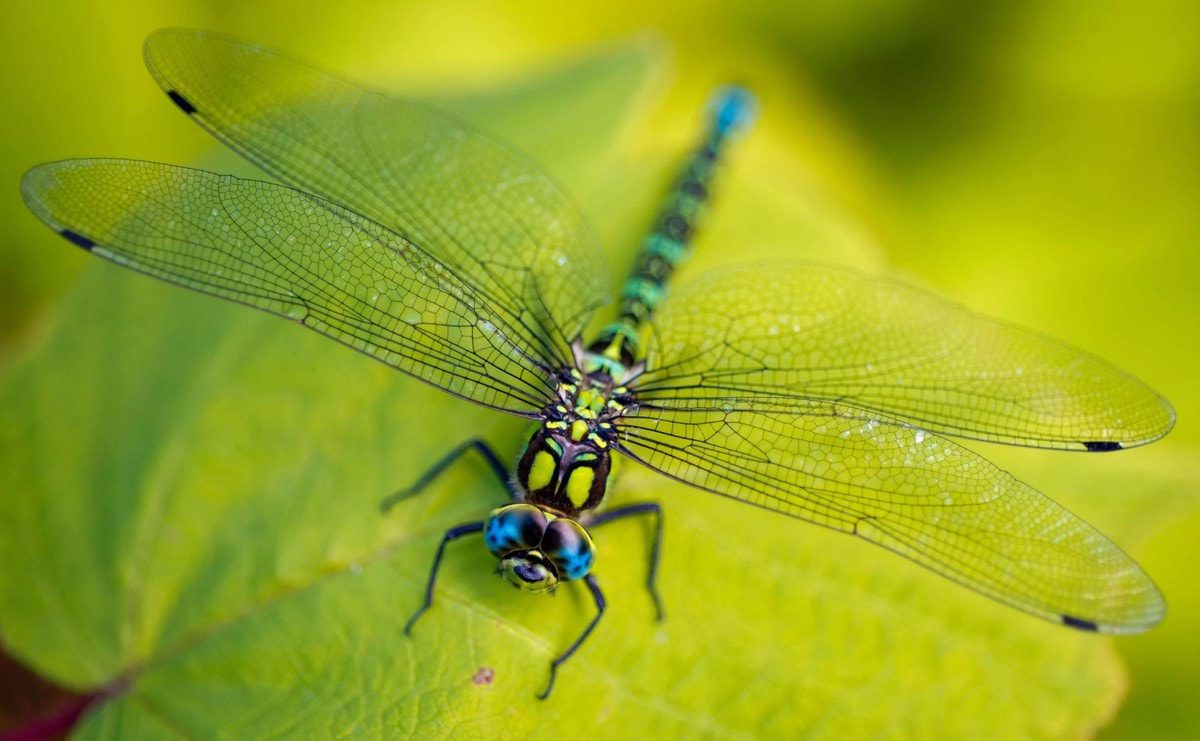 Dragonflies are one of the oldest inhabitants of the Earth. They appeared on the planet 350 million years ago. The wingspan of ancient dragonflies reached 70 centimeters. Now dragonflies have noticeably decreased, but in speed they are still not inferior to anyone.
Dragonflies are one of the oldest inhabitants of the Earth. They appeared on the planet 350 million years ago. The wingspan of ancient dragonflies reached 70 centimeters. Now dragonflies have noticeably decreased, but in speed they are still not inferior to anyone.
Usually a dragonfly develops speed in the range of 30-50 kilometers per hour. However, Austroflebia costalis, living in eastern Australia on the banks of rivers, accelerates to 97. That is, this insect flies 27 meters in a second.
Austroflebia costalis has two pairs of wings. During the flight, the insect waves them both simultaneously – developing high speed, and alternately – for maneuverability. A dragonfly makes 150 swings per second. Naturally, almost no insect is able to escape from a predator. Therefore, Austroflebia costalis is also one of the most voracious insects.
2. More people die from bee stings than from snakes.
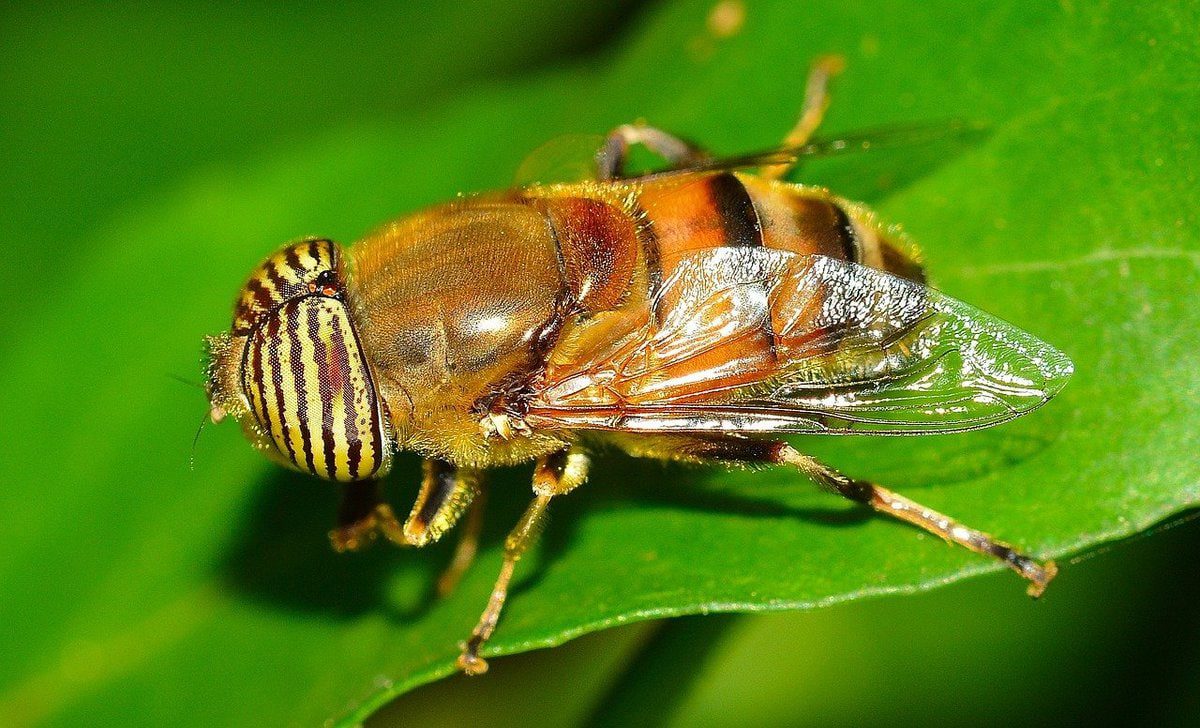 According to some reports, Every year, the number of deaths from bee stings is three times higher than deaths from snake venom.. The reason for this is that the number of allergy sufferers is increasing. And deaths from anaphylactic shock, respectively.
According to some reports, Every year, the number of deaths from bee stings is three times higher than deaths from snake venom.. The reason for this is that the number of allergy sufferers is increasing. And deaths from anaphylactic shock, respectively.
In addition, bees, unlike snakes, live next to humans. Therefore, the likelihood of getting a bite is higher. Plus, being bitten by a snake is scary. But people neglect the attack of a bee and do not seek help in time.
Remember: in no case do not allow a bee sting in the neck, tonsils and eyes. These are the most dangerous places, they need to be hidden from bites.
1. A cockroach with its head torn off can live for several weeks
 American scientists have investigated the ability of a cockroach to live without a head. It turned out that the cockroach lives without a head for 9 days, and if you create the right conditions, then a few weeks.
American scientists have investigated the ability of a cockroach to live without a head. It turned out that the cockroach lives without a head for 9 days, and if you create the right conditions, then a few weeks.
The reason for this phenomenon lies in the structure of the insect. If you decapitate a man, he will bleed to death and die from lack of oxygen. In a cockroach, blood clots will immediately close the wound. Blood loss will stop and blood pressure will be restored.
In addition, a cockroach does not need a head for breathing. This role is performed by spiracles – peculiar tubes located throughout the body. They carry oxygen into the body. So after decapitating a cockroach, its breathing will not stop. The creature will live for several weeks and die of hunger, since it will have nothing to eat.
But what about the nervous system? Unlike humans, the head of a cockroach does not play such an important role. Nerve clusters (ganglia) are located in the insect throughout the body. The animal moves on a reflex level. However, due to the fact that information is no longer coming from the head, the movements of the cockroach are uncontrollable, random and meaningless.



